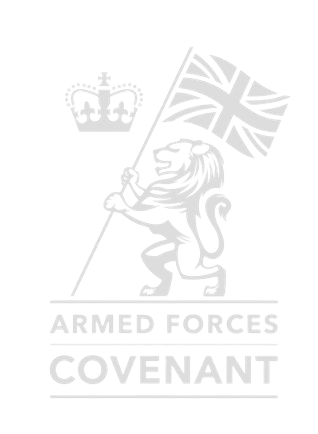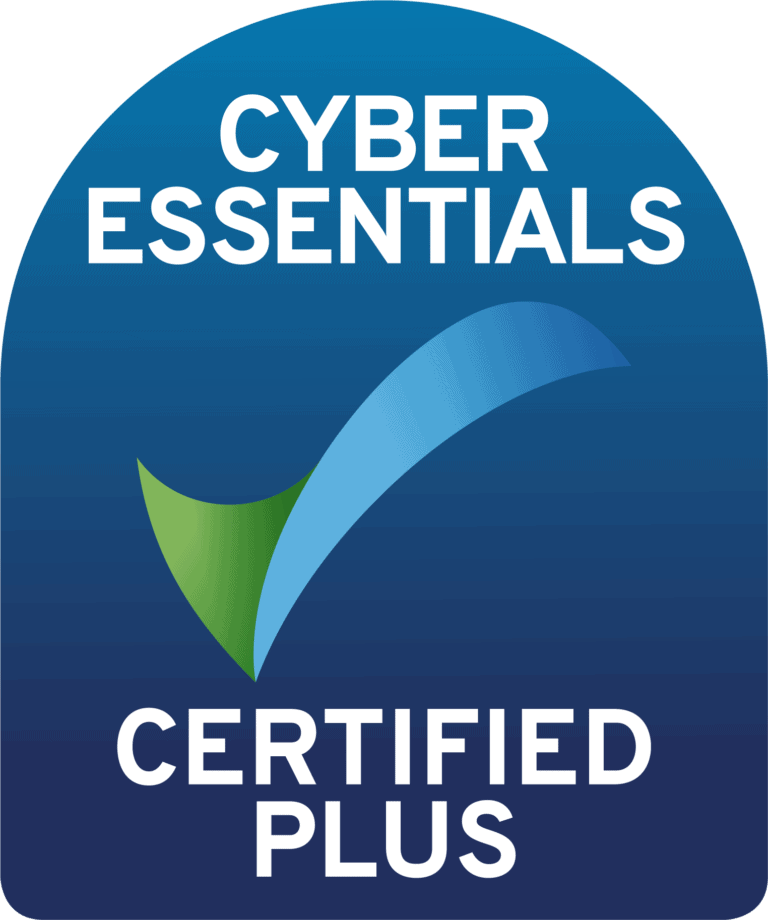
Recruitment and retention is not unlike assembling a world-class Olympic squad. In today’s competitive job market, HR and Transformation leaders must play the role of strategic coaches, adapting to evolving attitudes towards work and workplace dynamics. Just as high turnover can derail a team's performance, an organisation's finances and operational efficiency suffer when employees frequently leave.
Crafting employee value propositions that cater to individual preferences is like customizing training programs for each athlete. This approach bridges the gap between what employees seek and what the organisation requires. HR teams should take the lead in identifying these unique preferences and aligning them with the company's needs. Similarly, matching business needs with the right skills ensures that employees are placed in roles where they can excel, much like ensuring athletes compete in their best events. Comprehensive training and development are essential, just as continuous coaching is crucial for athletes.
It is important to differentiate between long-haul roles and interim or contract roles that are vital for more transformational projects, ensuring key positions are filled with the right talent for the short-term.
A flexible, non-core workforce is like having a strong bench and reserve players ready to step in during peak times and challenges. This flexibility not only manages workforce demands but also ensures that talented individuals are placed in roles where they can thrive. By doing so, organisations can retain and nurture the skills needed for sustained growth and success.
New strategies for attraction, retention, and attrition are essential as people rethink their relationship with work. Organisations can respond by tailoring employee value propositions to individual preferences, closing the gap between what employees desire and what companies need. By doing so, businesses can cultivate a loyal and resilient team, ready to achieve long-term success, just like an Olympic team striving for gold.






